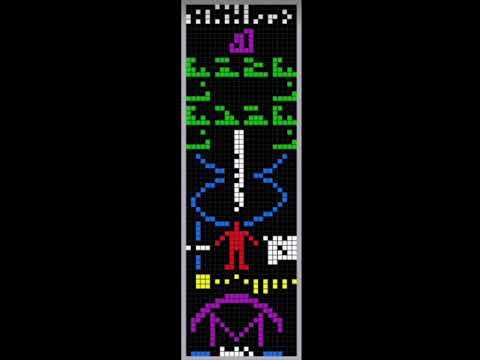The NSF Arecibo telescope collapsed, the world only has a “sky eye” from China FAST
Overnight, the Puerto Rico Arecibo radio telescope, known as the “two big eyes” of the earth, collapsed.
The telescope owner (NSF) confirmed on December 1 that following two serious cable accidents this year, the receiving equipment platform suspended by the telescope fell on the same day and destroyed the surface of the telescope reflector (antenna). There are currently no casualties but the telescope is likely Can no longer be used, reconstruction is currently one of the most feasible methods.

A staff member of the Arecibo Observatory previously stated that if the Arecibo radio telescope loses its function, then the world will have to rely on another “big eye” from Guizhou, China, 500 meters in the field of astronomical exploration. Aperture spherical radio telescope (FAST).
“Injured” many times, Arecibo telescope “unfortunate”
The Arecibo telescope was completed in 1963. The entire telescope consists of a receiving disk with a diameter of 305 meters at the bottom and a receiving platform with a weight of 900 tons suspended on it. Eighteen cables supported by three high-reinforced concrete towers help the receiving platform to be suspended above the panel.
Before China’s FAST was completed, the Arecibo telescope was the world’s largest single-aperture telescope, and it played an important role in radio astronomy, atmospheric science, and radar astronomy. Historically, the Arecibo telescope has helped search for dangerous near-Earth asteroids, looking for signs of extraterrestrial life, and discovered the first planet outside the solar system.
In 1974, to celebrate the completion of the transformation, the Arecibo telescope also sent a string of 1679 binary digits to the globular cluster M13, which is 25,000 light-years away from the Earth, called “Arecibo Information”, including The number and structure of the chemical elements of human DNA, human appearance, and information about the solar system.

Since 2017, the Arecibo telescope has been “injured” one after another. That year, strong winds brought by Hurricane Maria caused the 430 MHz line feed to break and fall onto the main mirror disk, damaging about 30 of the 38,000 aluminum plates on the receiving disk. Since Arecibo’s observational data mainly relies on the feed and receiver in the dome to transmit, instead of using the line feed, overall, Maria caused little damage.
However, the two damages suffered by Arecibo this year were serious. In August, tropical storm “Isaias” (Isaias) passed through Puerto Rico, causing an auxiliary cable to be disconnected and opening a 30-meter-long opening in the receiving plate, which greatly affected the operation of the telescope .

But just as the engineers were about to start repairs, the second main cable fell on November 6. Originally, the engineering team estimated that the structure of the telescope could continue to bear the weight, but the new accident showed that their estimation was wrong, which may endanger the lives of repair personnel. Therefore, the National Science Foundation decided to terminate the repair and announced the decommissioning and dismantling of the decommissioned radio telescope on November 19.
Then came the collapse that occurred at around 8 am on December 1. Jonathan Friedman, who worked at the Arecibo Observatory for 26 years, described the scene of the collapse to the Associated Press: “It sounds like a rumble. I know what it is, I’m screaming . Personally, I lost control…I can’t express it in words. It’s a very deep and terrifying feeling.”

At present, the staff of the National Science Foundation have arrived at the scene, assessed the damage of the telescope, and rescued other facilities of the observatory. The agency also stated that it will continue to authorize the University of Central Florida (UCF) to pay Arecibo staff and will work to conduct any remaining research and repair remaining facilities.

There are also the National Radio Astronomy Observatory in Virginia and the Green Bank Observatory in West Virginia, which can undertake part of Arecibo’s data collection tasks, but the sensitivity of these two observatories to radio signals is far less than Arecibo. Therefore, Mendes believes that the abandonment of Arecibo means that the US’s alien radio monitoring program will be effectively terminated.
At present, the most feasible way is to rebuild. Saavik Ford, an astrophysicist at the City University of New York, believes that the reconstructed Arecibo will become an important scientific research device in many fields, especially in the field of gravitational waves. But she also admitted that economic factors must be considered. Therefore, the Biden administration and Congress will be the biggest obstacle to funding.


Hi, this is a comment.
To get started with moderating, editing, and deleting comments, please visit the Comments screen in the dashboard.
Commenter avatars come from Gravatar.